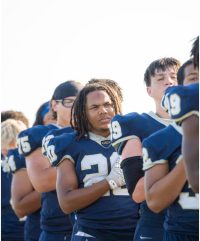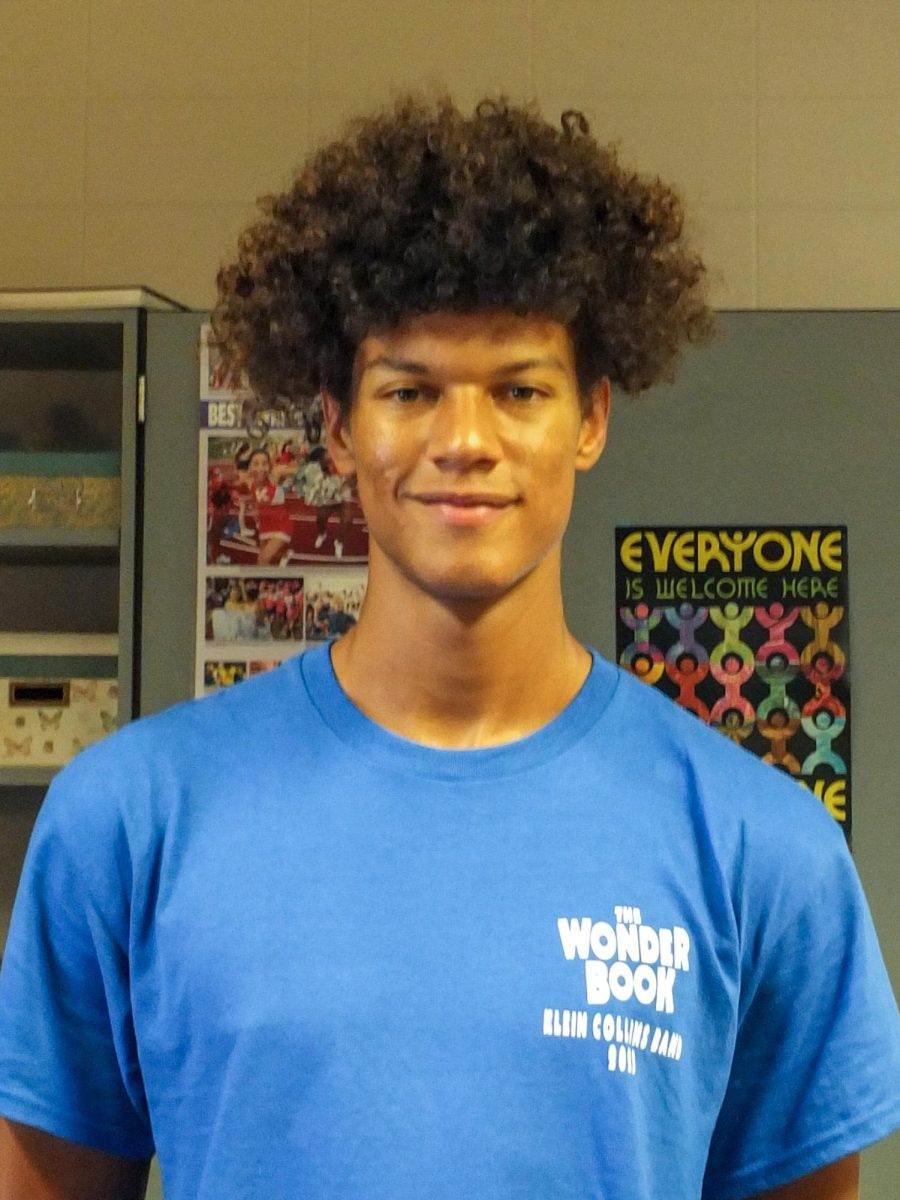“It’s kind of like a battle wound, like a testament that you went to that other side,” assistant football and assistant track coach Michael Troutman said. “You’re a warrior and every scar is the mark of the warrior and of [a] fight.”
According to Troutman, a scar should be seen as an accomplishment and a reminder of one’s experiences. He received his first “battle wound” playing football.
“When I was a freshman in high school I broke my finger,” Troutman said. “My ring finger completely went over my pinky and the trainer pulled it all the way back and popped it in. When he did that he tore every ligament in my finger. I didn’t do anything about it and it swelled up after a couple days later. [A few weeks later] I had to have surgery on it. Now I have scars on my fingers.”
Sophomore Kristina Trinh said she parallels Troutman’s view on her scars. She got her scar by running into a gate while chasing a tennis ball during a match.
“It’s an accomplishment and a symbol that [I] gave it [my] all,” Trinh said. “It’s a memory that’s on [my] body. [My scar] is something to be remembered because it shows that I was a [good competitor] at tennis and that I worked my hardest.”
Like Trinh, senior Taylor Grissom also acquired her scar by running into a gate.
“I have a scar on my face under my eye from playing softball and stealing a home run,” Grissom said. “I ran into the fence, [but] I caught the ball, so it was ok. I had to get stitches. When I see my scar, I think about how I made the out.”
Troutman got a scar on his finger while playing softball in college.
“I have a scar that runs from my knee to the middle of my thigh [caused] from a softball injury,” Troutman said. “I was playing left field [and] I [ran] to get a fly ball and hit a fence. Underneath the fence was barbwire I bounced off the fence and my left slid under the barbwire and it sliced me. It cut my knee open and I had to get stitches.”
According to Trinh, her scar gives her a chance to talk about her athletic feats.
“People usually laugh when I tell them about my scar because I’m clumsy and I usually run into walls,” Trinh said. “It give me another story to tell. When my friends ask, ‘how’s you get that’ I can say, ‘I was trying to be a try-hard at tennis’.”
Troutman said his finger still draws attention from colleagues and students alike.
“I get asked about my finger because it doesn’t straighten out,” Troutman said. “I talk with my hands a lot, so people see my messed-up finger and they’re like, ‘what the heck happened to you finger, what’s wrong with it?’ It makes me unique and I have a story to [talk] about.”
According to Troutman, he does not have any bitterness towards his injuries.
“It’s a good thing, not a bad thing,” Troutman said. “I was very active in sports [and] I was competitor. None of my scars have ever held me back. I have the marks of a warrior, [and] I’m proud of them.”




